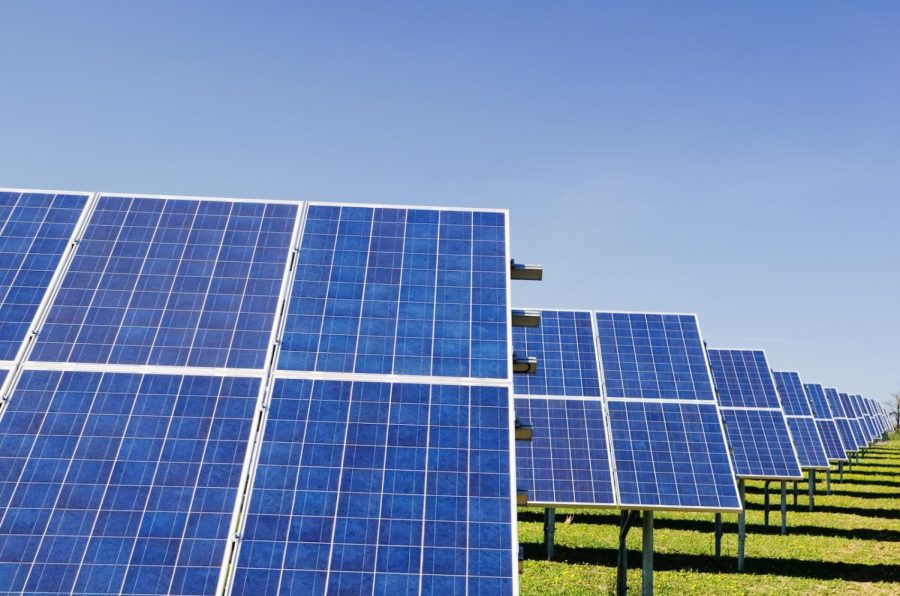Solar Farms Benefit For Wildlife
Solar Farms could be Earth’s new energy source
Solar strength development benefits wildlife via mitigating climate change, that is a prime risk to natural world and wildlife habitat. A 2016 paper found that solar farms tended to have more species of plant, insect, and birds than farms. Solar energy is renewable means it can help reduce emitting greenhouse gases. Solar power can also improve air quality and decrease water use from energy production. A solar farm is a big series of photovoltaic (PV) solar panels that take in strength from the solar, convert it into electricity and send that energy to the electricity grid for distribution. Solar farms — that you’ll every now and then see being known as sun parks or photovoltaic energy stations — are usually hooked up to the floor rather than rooftops and come in all sizes and styles. Solar farms are typically on private property because they are so expensive. The solar farms usually cost from $890,00 to $1.01 million. Solar farms could be one of the generations next best thing, this is because they use renewable energy; energy that we will never run out of. These panels convert radiant energy from the sun into electrical energy to use for water and electricity (lights, heating).
RELATED STORIES:
https://www.vox.com/2021/8/18/22556193/solar-energy-biodiversity-birds-pollinator-land
https://interestingengineering.com/innovation/solar-farms-surprising-benefit-for-wildlife
https://chariotenergy.com/chariot-university/solar-farms/
https://www.forbes.com/home-improvement/solar/solar-energy-pros-and-cons/
TAKE ACTION:
The largest solar farm in the world, Bhadla Solar Park, India
https://en.wikipedia.org/wiki/Bhadla_Solar_Park
The largest solar farm in United States
https://a-z-animals.com/blog/discover-the-largest-solar-farm-in-wisconsin-and-what-lives-around-it/











